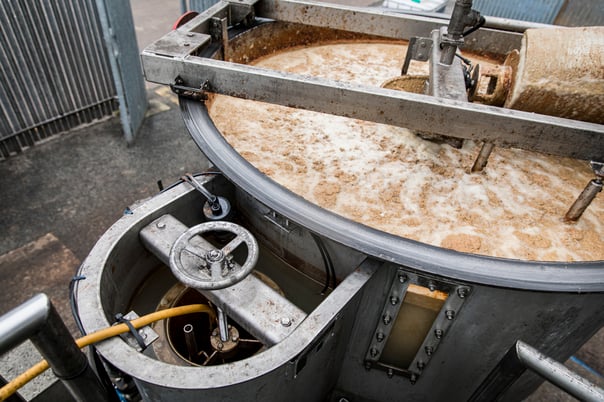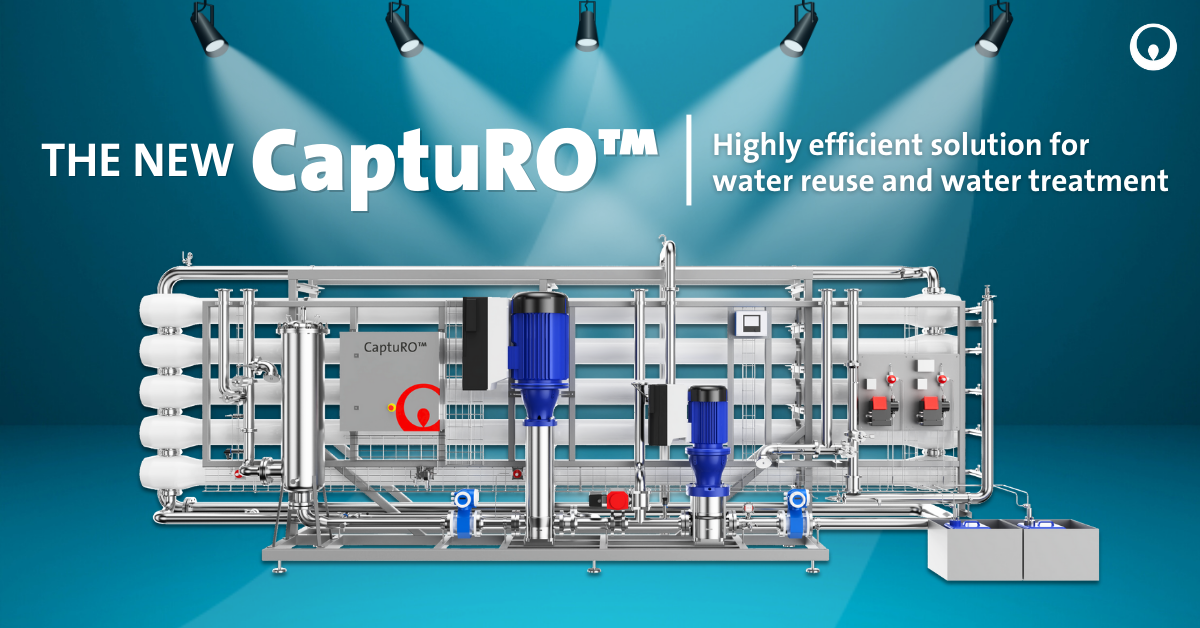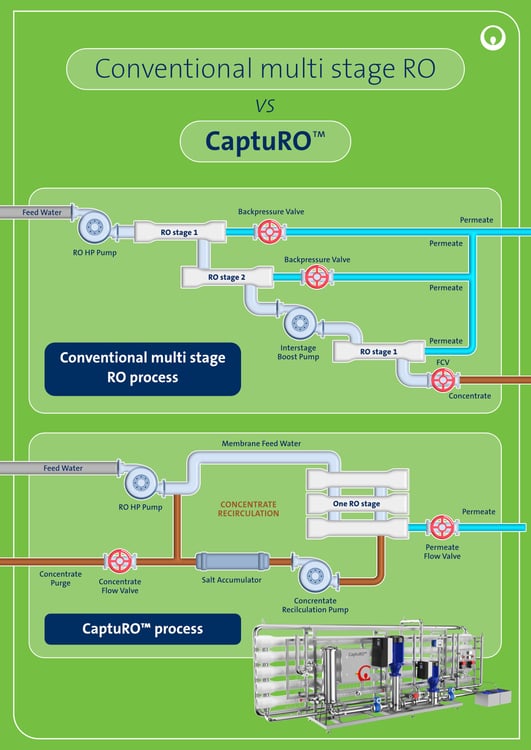Food and beverage manufacturers face a number of challenges with regard to wastewater management, especially in light of tightening standards and updates to the Best Available Techniques (BAT) and BAT Reference (BREF) documents for the food, drink, and milk (FDM) industry.
What are the wastewater compliance requirements for food manufacturers?
As with all businesses that produce wastewater as a by-product of their operations, food and beverage manufacturers must obtain consent to discharge this wastewater to the public sewer or water course and comply with the conditions of the permit. These conditions will be specific to the business and legally binding, meaning non-compliance can result in legal action by the water company.
Why does the composition of food & beverage wastewater vary so much?

The composition and volume of wastewater produced will vary significantly from one business to another within the food and beverage sector. Depending on the type of product being produced, it could have high levels of biological oxygen demand (BOD) and chemical oxygen demand (COD), as well as high levels of nutrients and suspended and dissolved solids. For example, raw water from dairy processing is likely to contain significant organic material, while the cooling water from distilleries has very little additional content. Also, the manufacture of new products or changes to the mix of products can cause the composition of the wastewater to change.
The challenge of managing wastewater has further increased due to the tightening of the wastewater consents by many water companies to help them, in turn, meet the targets put in place by Ofwat.
What are the BAT BREF requirements for food Manufacturing
Manufacturers must also be aware of updates to the standards set by the European Integrated Pollution Prevention and Control (IPPC) Bureau. In December 2019, it published updated BAT and BREF documents for the food, drink, and milk (FDM) industry. These ‘techniques’ are the best practice solutions for preventing or minimising the environmental impacts of a site’s operation. The BREF also contains BAT Associated Emission Levels (BAT AELs), standards for discharges from the installation to air and water that must be met. With the new version of the guidance published, manufacturers have until November 2023 to ensure compliance. However, the document runs to more than 800 pages, and so interpreting how the requirements will impact a business is not simple. It is also important to ensure that there is sufficient time for any new measures to be designed and implemented before the deadline. Therefore, it is recommended that manufacturers begin working with a specialist water treatment solutions provider who can offer an assessment of what is required and propose the best possible solution.
How Can Digital Monitoring Improve Wastewater Management Compliance?

There is now a wide and growing range of options for wastewater monitoring, management, and treatment. Remote monitoring of water systems and the associated digital tools, such as our Hubgrade digital services offering, can help businesses to better understand and track their wastewater. This not only helps ensure compliance with the regulations and discharge permits, but the data gathered can also allow optimisation of an existing plant to improve capacity and efficiency – in some cases, negating the need for further capital investment.
What Are the Benefits of Water Recovery and Reuse in Food Manufacturing?
Furthermore, it may be beneficial to look at how water can be managed more effectively by introducing recovery and reuse measures. Reusing and recycling wastewater can offer significant savings due to the cost of both mains water and discharging wastewater, as well as helping companies achieve environmental and sustainability credentials. While there has been some reluctance in the past due to negative perceptions about the safety of reusing water, an improved understanding has seen a growing number of businesses adopting these systems. It is important to remember that all mains water has been previously used and treated, ready for reuse. A wide range of treatment technologies can be used to allow the reuse of water on site, including filtration, reverse osmosis (RO), and clarification. A specialist can provide guidance on the solution that is best suited to the requirements of the process and facility.
Advanced Water Recovery with CaptuRO™ Technology

For food and beverage manufacturers looking to maximise water recovery, Veolia's latest innovation, CaptuRO™, offers industry-leading results. This resilient, high recovery reverse osmosis technology can achieve up to 98% permeate water recovery from industrial wastewater sources – significantly higher than conventional RO systems.
CaptuRO™ uses a semi-batch RO process that continuously adds feedwater while removing purified water and only intermittently purging salts from the system. This approach prevents scaling issues that typically limit conventional RO recovery rates, making it ideal for food manufacturing applications with varying wastewater compositions.
Key benefits for food manufacturers include:
- Up to 98% water recovery rates
- 50-75% reduction in brine waste disposal costs
- Up to 35% energy consumption reduction
- Reduced reliance on expensive municipal water supplies
- Enhanced business continuity through water supply resilience
- High rejection efficiency of micropollutants, including PFAS

How Can Veolia Help Food Manufacturers Meet Wastewater Compliance Standards?
At Veolia, we can offer a range of water treatment technology solutions and design services to meet the current and future needs of food and beverage manufacturers. We are also able to offer mobile water treatment options to respond to a temporary need for additional capacity or to minimise the impact of installation or maintenance work.
Think we can help? Have a chat with one of our experts now